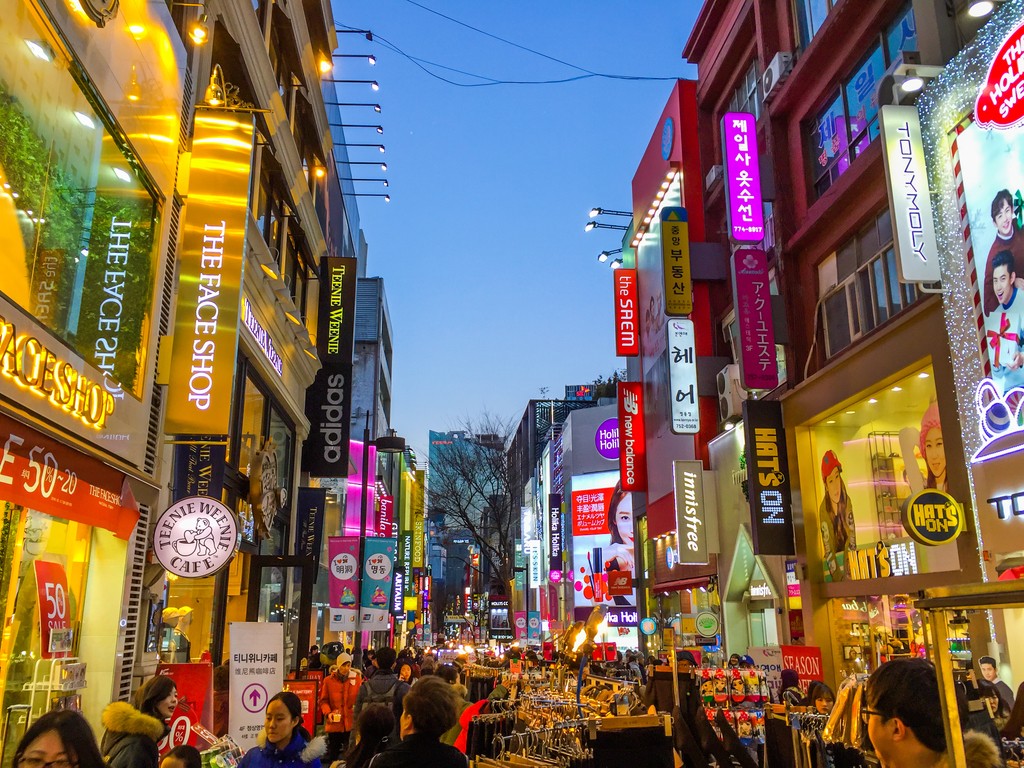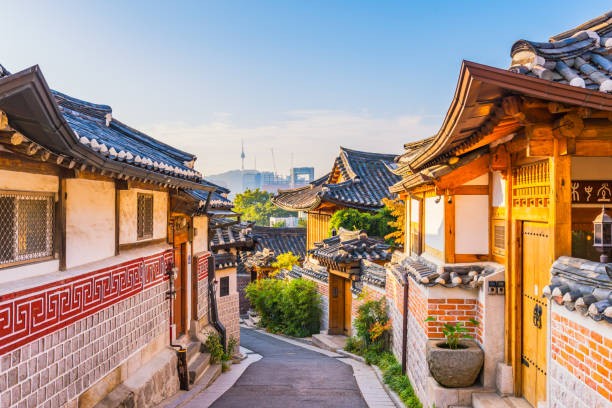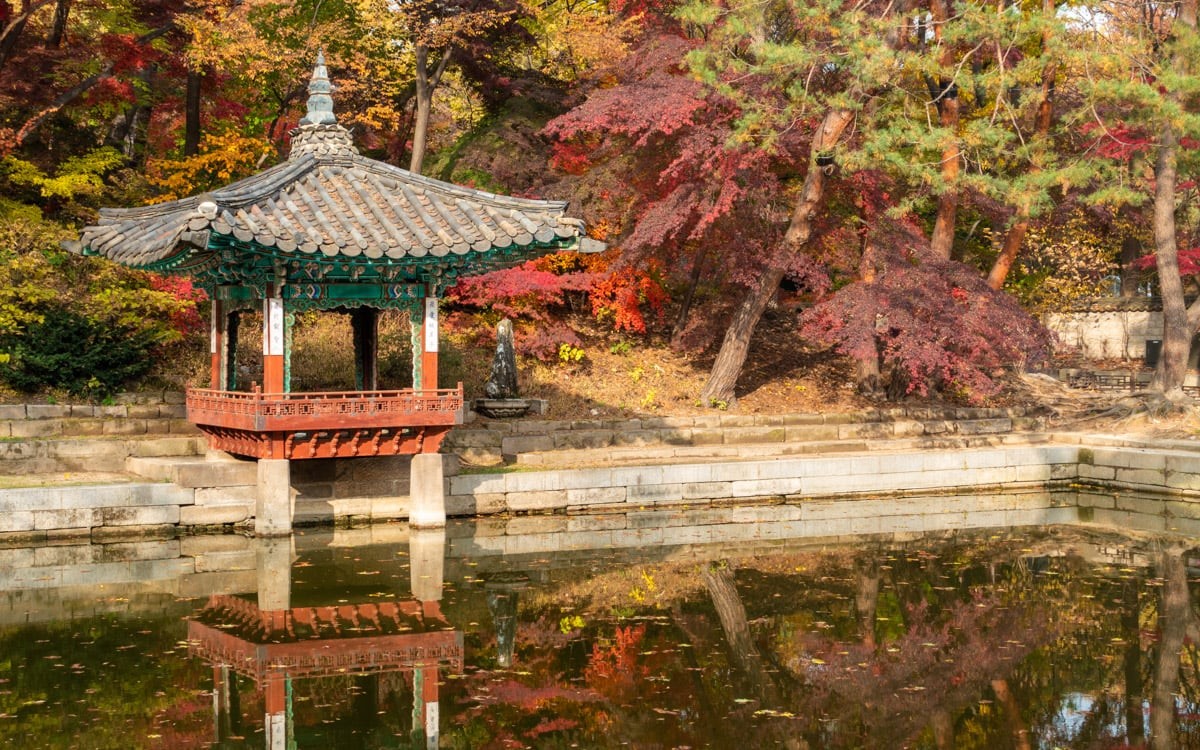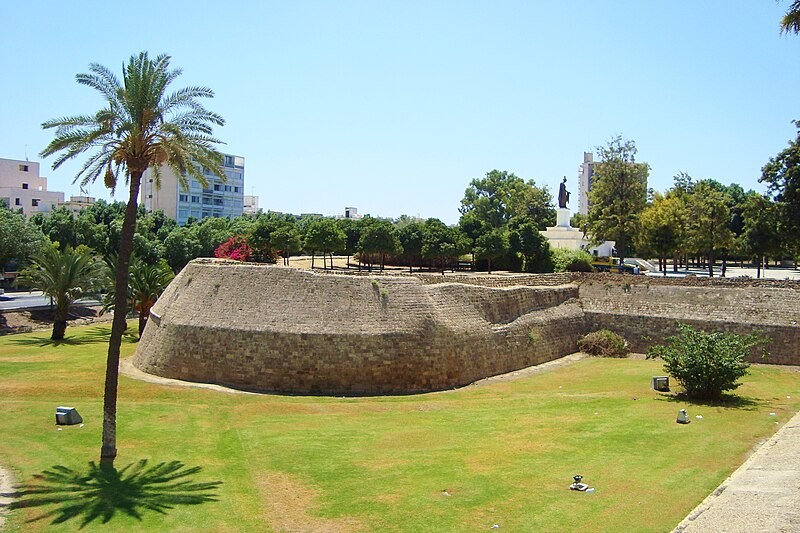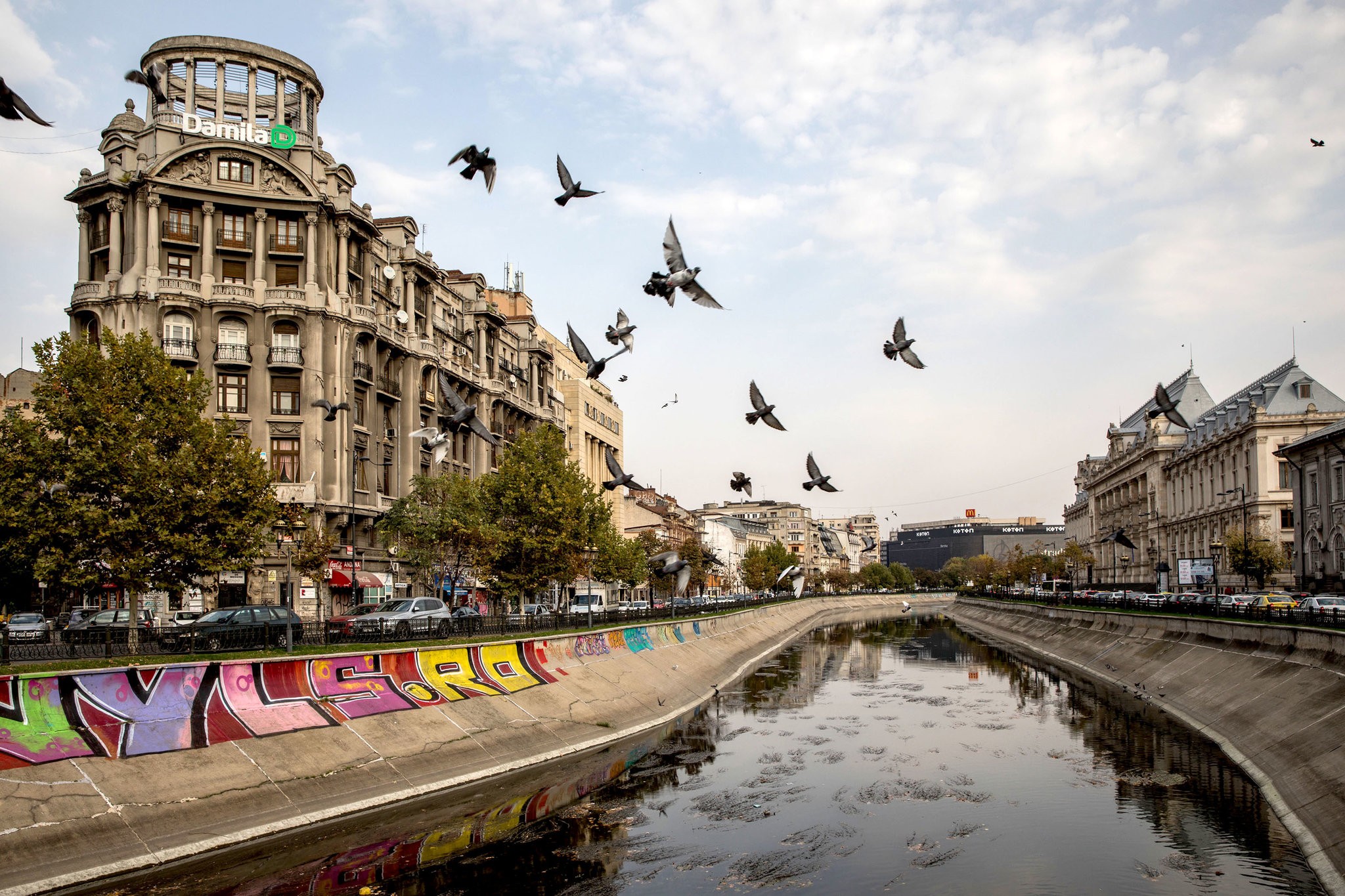
Bucharest: A City Where History Meets Modernity
Bucharest, the capital and largest city of Romania, is a destination that captivates visitors with its blend of historical heritage and modern architecture. Often referred to as the "Paris of the East," Bucharest is known for its wide boulevards, historical landmarks, and green spaces, offering a rich cultural experience. The city became one of Europe's major centers in the 19th century and continues to impress with its architecture, museums, and vibrant city life today.
History
The history of Bucharest dates back to the 15th century when it was founded during the reign of Vlad III (Vlad the Impaler), the Prince of Wallachia. The city became the capital of Wallachia in 1659 and has since remained Romania’s political and economic hub. Bucharest underwent significant modernization in the 19th century, heavily influenced by French architecture, which is why it earned its nickname, "Little Paris."
In the mid-20th century, Romania fell under Soviet influence, and Bucharest's architecture was shaped by socialist designs. However, after the revolution of 1989, which ended the communist regime, the city quickly modernized. Today, Bucharest is a city rich in cultural heritage, combining its historical buildings with modern structures.
Top Attractions
Bucharest offers a variety of historical landmarks, expansive parks, and cultural venues for visitors to explore. Here are some of the must-see attractions in the city:
1. Palace of the Parliament
One of Bucharest’s most iconic structures, the Palace of the Parliament, is also the second-largest administrative building in the world. Constructed in the 1980s under former Romanian leader Nicolae Ceaușescu, this colossal building contains over 1,100 rooms and covers 330,000 square meters. Guided tours allow visitors to explore the interior of this monumental structure and learn more about Romania's recent history.
2. Old Town (Lipscani)
Bucharest’s Old Town is one of the city's most charming districts, featuring narrow streets, historic buildings, and a lively atmosphere. With architecture dating back to the 19th century, the area is home to a variety of restaurants, cafes, and bars. The Old Town is also known for its vibrant nightlife, offering a perfect blend of history and modern entertainment. The Stavropoleos Monastery, a beautiful religious site, is also located in this area and worth a visit.
3. Herastrau Park and Village Museum
Herăstrău Park, the largest park in Bucharest, is located in the northern part of the city and features a large lake and walking paths. It’s a great place to relax and enjoy nature. The park is also home to the Dimitrie Gusti National Village Museum, an open-air museum showcasing traditional rural architecture from various regions of Romania. This museum offers a glimpse into Romania's rural heritage.
4. Arcul de Triumf (Triumphal Arch)
Bucharest's similarity to Paris is highlighted by the Arcul de Triumf, built in 1922 to commemorate Romania's victory in World War I. The arch, located in the northern part of the city, offers panoramic views of Bucharest from its top, providing a unique perspective of the wide boulevards and green spaces below.
5. Romanian Athenaeum
The Romanian Athenaeum is one of Bucharest’s most impressive buildings and serves as a major cultural hub. Built in 1888, this neoclassical concert hall hosts Romania's most prestigious music events. The interior of the building is adorned with frescoes and gold decorations, making it a must-see for lovers of art and music.
6. Cotroceni Palace
Cotroceni Palace, the official residence of the President of Romania, also functions as a museum. Originally built in the 17th century, the palace has undergone several restorations and offers a fascinating look into Romania’s royal history. The museum inside the palace showcases a wide array of Romanian art and historical artifacts.
7. Cismigiu Gardens
Cișmigiu Gardens, one of the oldest parks in Bucharest, is located in the city center. Opened in 1847, this park features walking paths, lakes, and beautiful gardens. It’s the perfect place to escape the hustle and bustle of the city and enjoy a peaceful afternoon amidst nature.
8. Revolution Square (Piata Revolutiei)
Revolution Square holds significant importance in Bucharest’s political history, as it was the site of the 1989 revolution that led to the fall of the communist regime. In the center of the square, you’ll find the Revolution Memorial, which commemorates the events of that time. The square is also home to important buildings like the National Museum of Art of Romania and the former Royal Palace.
Cultural Richness
Bucharest is a city rich in cultural offerings, with numerous theaters, museums, and art galleries. The National Museum of Art of Romania houses both local and international works of art. Bucharest is also known for its international film festivals, music events, and theater performances.
Romanian cuisine is another essential part of Bucharest’s cultural fabric. Dishes like sarmale (cabbage rolls filled with meat) and mămăligă (cornmeal porridge) are must-tries for anyone visiting the city.
Conclusion
Bucharest, with its blend of historical depth and modern innovation, stands as one of Eastern Europe's most captivating cities. Offering visitors the elegance of the old world along with the vibrancy of modern life, Bucharest is rich in history, culture, and natural beauty. Every corner of the city tells a story, from the grand boulevards lined with architectural masterpieces to the cozy cafes of the Old Town. As a city that beautifully combines past and present, Bucharest invites travelers to explore its unique charm and dynamic energy.
